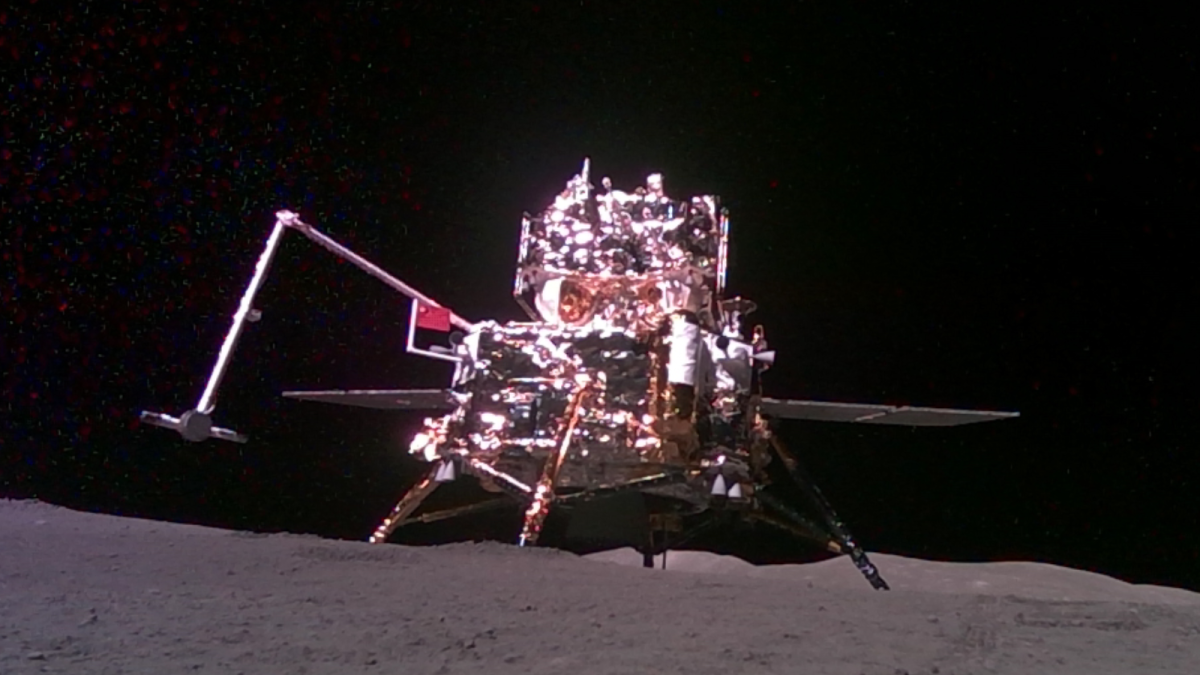The Chinese lander Chang’e 6 has sent home beautiful images of the lunar surface on the mysterious far side of the moon.
In addition, the China National Space Administration (CNSA) released stunning images showing the samples on the far side of the moon that the lander collected over the past two days. The samples were launched into orbit on Tuesday, June 4, at 7:38 a.m. Beijing time (7:38 p.m. EDT on June 3).
Chang’e 6 landed in the undiscovered Apollo Basin crater in the greater South Pole-Aitken (SPA) Basin, located on the far side of the moon, on the morning of Sunday, June 2, Beijing Time.
The new images and video show that this historic mission, which represents only the second soft landing on the moon’s hemisphere continuously averted from Earth, is progressing at an impressive pace.
Related: Watch China’s Chang’e 6 probe land on the far side of the moon in dramatic video
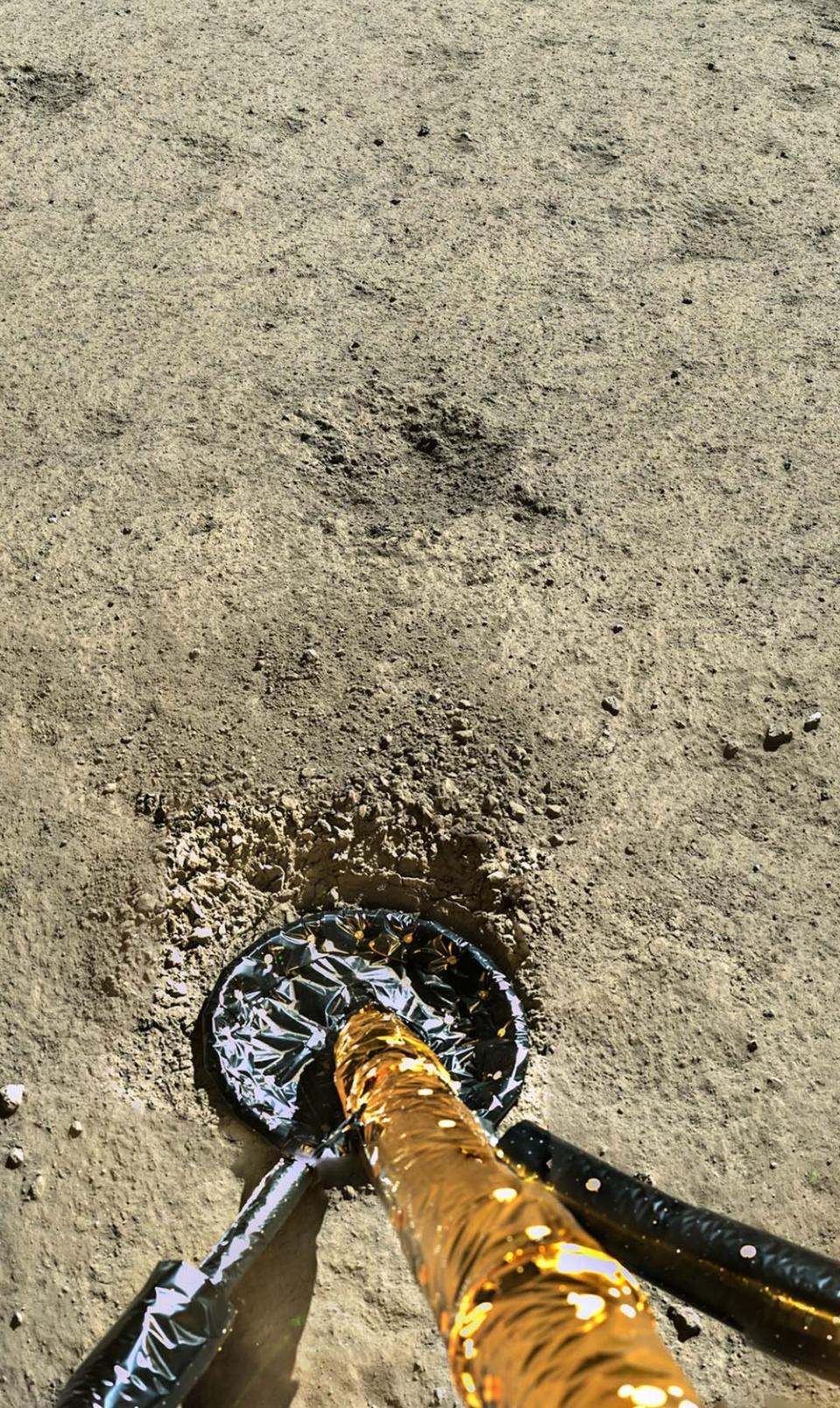
“China’s Chang’e 6 rocket separated from the lander and lifted off from the moon’s South Pole-Aitken Basin at 7:38 a.m. Beijing time on June 4,” CNSA said in a statement. “It is carrying lunar samples collected over the past two days. After about six minutes, it entered the target orbit and will begin several orbital maneuvers in the next step of the process.”
The samples will be retrieved from orbit by the Chang’e 6 orbiter, which remained in orbit around the moon after the stirrup rocket took off for landing, bringing the Chang’e 6 lander to the lunar surface. If this operation goes according to plan, the sample canister will be parachuted back to Earth on June 25.
This will be a historic event, as it will be the first time that samples from the far side of the moon will be collected and returned to our planet for research.
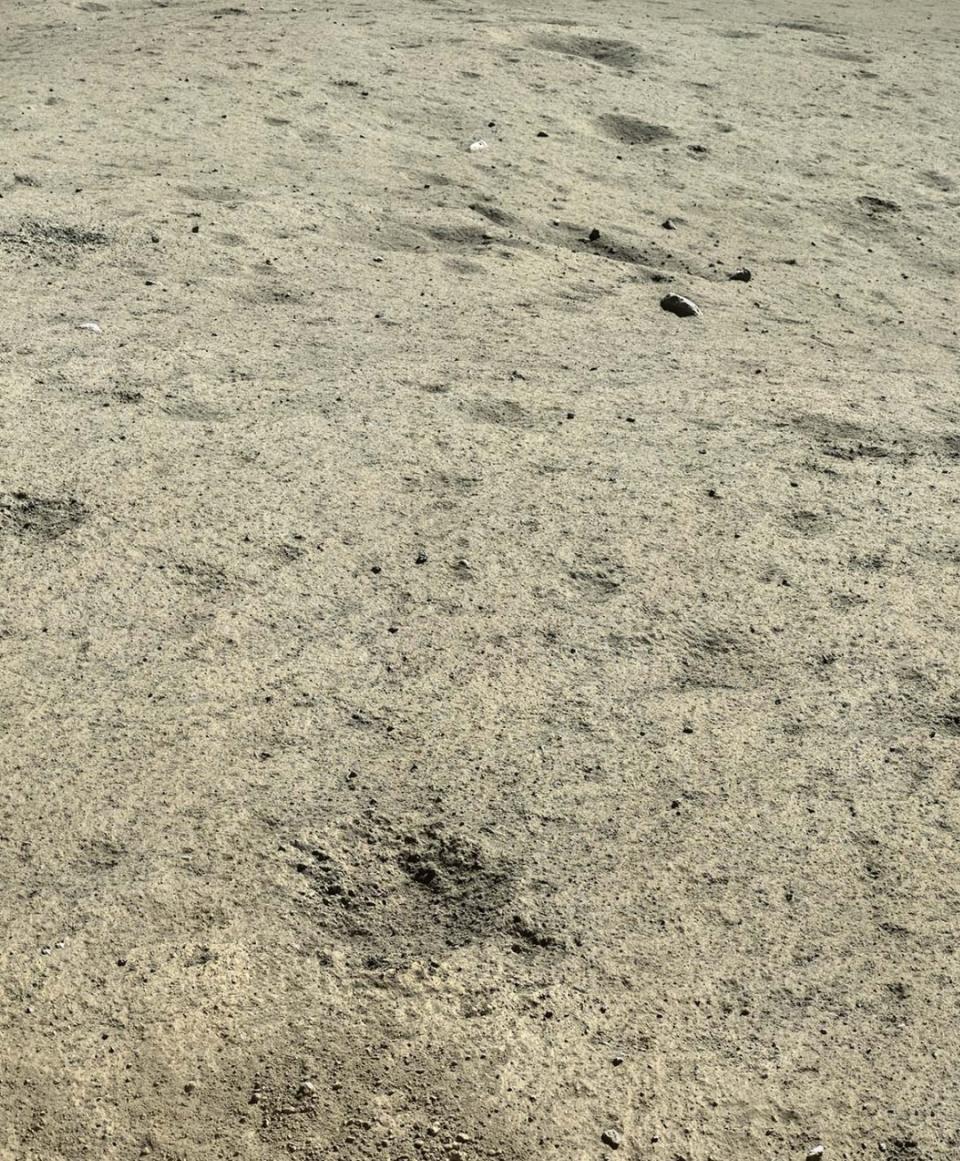

Before the samples were shot from the moon’s surface, CNSA Watcher also shared incredible footage on its YouTube channel showing the first moon and rock being collected from the Apollo Basin.
The images of Chang’e 6’s lunar surface were shared via China Aerospace’s Weibo account and then reposted via the X account CNSA Watcher.
“Save! #嫦娥六号# [Chang’e 6] Zoom in on the high-definition image of the landing site taken by the lander’s panoramic camera to see the details of the moon’s surface,” the CNSA wrote on Weibo.
Other images shared by the CNSA taken by Chang’e 6’s lander camera include a view of the lander’s leg firmly planted on the lunar surface.
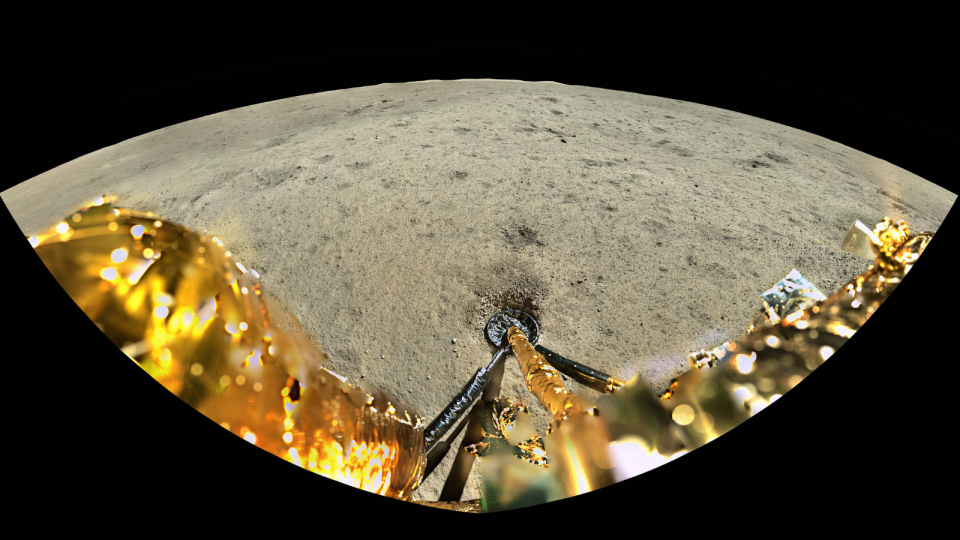

In another image, this remarkable achievement for China and its CNSA is celebrated by a display of the Chinese flag with the lunar surface in the background.
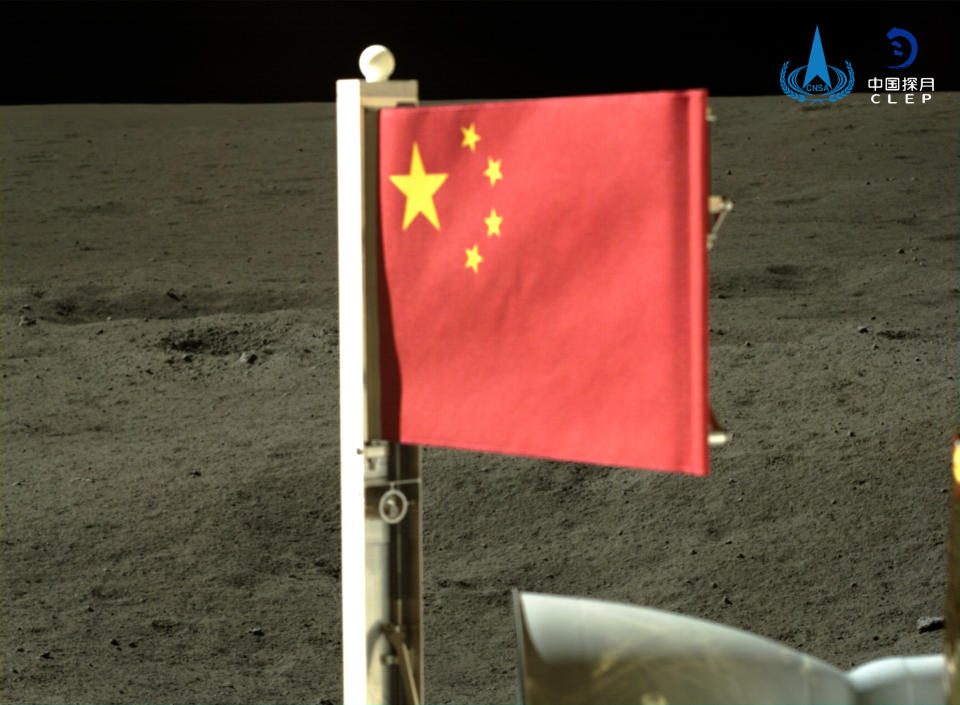

Chang’e 6, named after the Chinese goddess of the moon, is the second mission to soft land on the far side of the moon. The last mission to do this was Chang’e 4 in January 2019.
This means that China is currently the only country to have successfully landed on the moon’s hemisphere, which faces away from Earth.
RELATED STORIES:
— This is what China’s first moon landing with astronauts could look like (video)
— Why is the far side of the moon so strange? Scientists may have solved a moon mystery
– China launches Chang’e 6 sample return mission to the far side of the moon (video)
Following the CNSA’s success in landing spacecraft on this tricky part of the moon, the next two Chang’e missions will target the moon’s south pole. This polar region will be the focus of future human explorations of Earth’s lunar companion.
Chang’e 7 is expected to arrive at the moon’s south pole in 2026, where it will hunt for supplies of water ice. Chang’e 8 is scheduled to launch two years later, in 2028, and will explore possible in-situ use of the resources, such as water ice, that its predecessor discovered.
This will be used to determine how lunar materials can be used to support human lunar exploration, with the CNSA planning to move humans to the moon by 2030.

